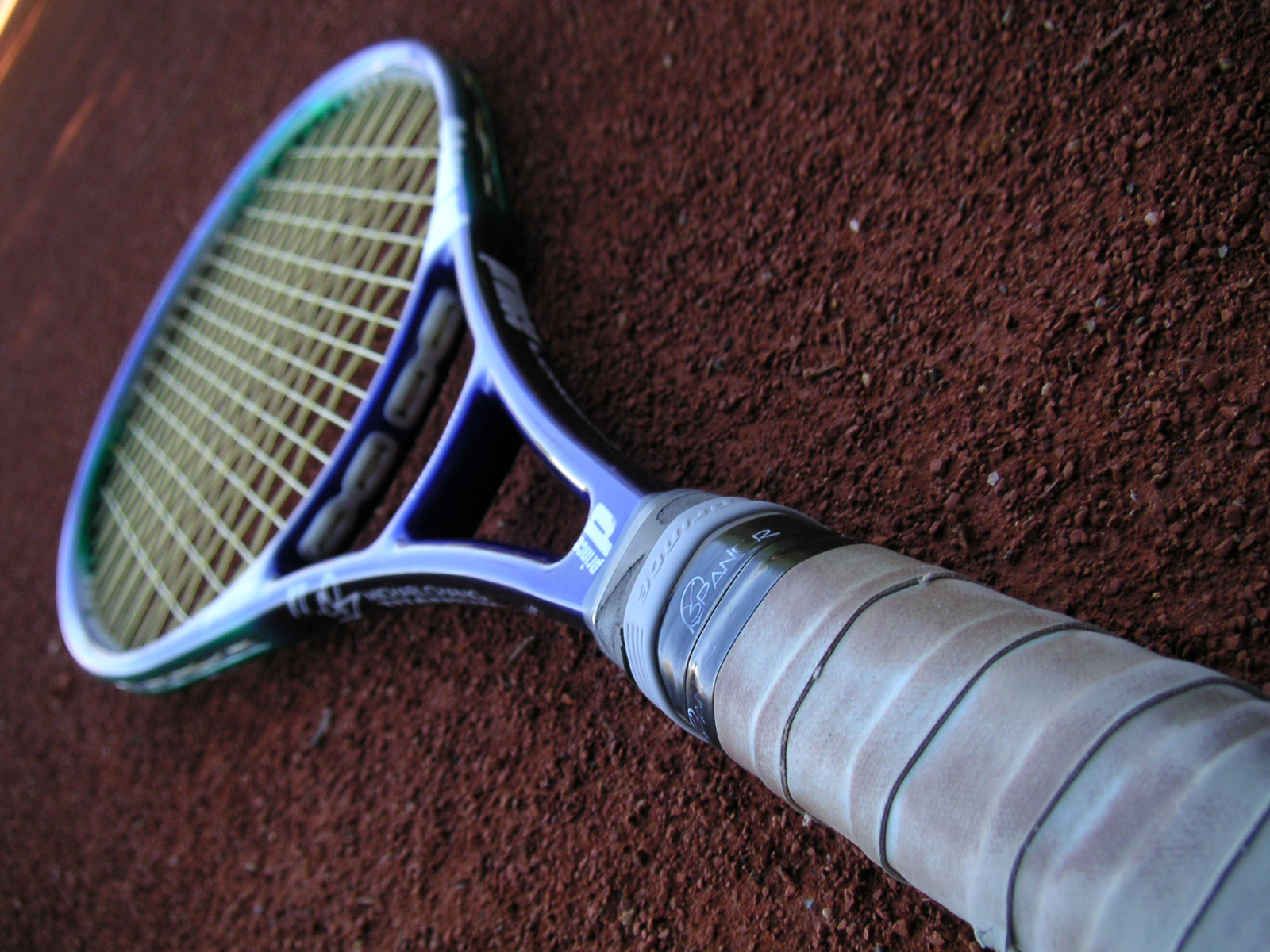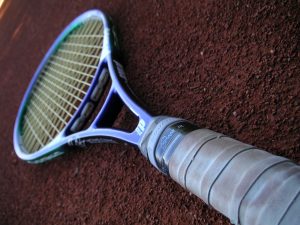It Don’t Mean a Thing If It Ain’t Got That Swing: Finding the Right Racket for Your Best Tennis Game
The most intimidating task to accomplish when learning to play tennis is probably finding the right racket. One of many reasons is how many there are from which to choose. Beyond that, it doesn’t take a genius to realize that it will be the one item which can most directly affect your playing ability.
However, these are not the issues to focus on during your search. Rather, base it all on science and what works best with your body type. Below are some basic house rules on which all players agree when researching and finally buying that perfect racket.
Playing level
All tennis players start at the same place – the beginning. Do not feel pressure to say you are anything more, as you will only cause yourself stress, and possible injury. As you evolve as a player and become more advanced, you will find that the racket you need changes based on your strengths and weaknesses.
Racket Weight
This issue may appear like a no-brainer, but it is not a cut and dried one. While a lighter racket may seem helpful to a beginner, it can also affect the development of their stroke. A heavier racket for an advanced player may help with conditioning, but it can also cause mismanagement of their timing. So what is the answer? You must test drive different weights, working with your body type and condition to flush out the right one.
Racket Balance
Balanced rackets are typically not based on a center point, rather they are usually either head heavy or head light. Simply put, head heavy is when most of the weight is found in the head, and head light is when most is found in the handle. Which is better? Again, they each have their pros and cons. Head heavy can increase stability and momentum when the frame is lighter. Head light adds maneuverability in heavier frames. Most players will choose whichever works best for them and then alter it with weight tape to compensate for any needs.
Racket Stiffness or Flex
As we’ve seen with most other points in this blog, racket stiffness, or flex, also is a give and take situation. Stiffness refers to the amount of bending. The stiffer the racket, the less comfortable it can feel. The less comfort, the more power you usually have. This one comes down to which aspect is more important to the player – power or comfort.
Racket String Pattern
String pattern can affect multiple aspects, but the most significant is ball spin. A wide set pattern offers more power and spin, but it is not as durable and there is less control. A tight set pattern offers durability and control, but less spin. Most players will say that spin can affect the overall game more intensely, so a wider set pattern is suggested for all levels.
Racket Head and Grip Size
Bigger is not always better, at least when it comes to racket head size. However, the misconception that bigger is better can blind a player to the fact that smaller heads on a racket can add more control and comfort. Larger head sizes can offer power, but less control, which many players admit is more important. As for grip size, the rule of thumb is to go small since you can always add an overgrip.
Keeping in mind all the tips above can direct you to the best racket for your playing level and body type, but understand that as your playing evolves, so will your racket.


